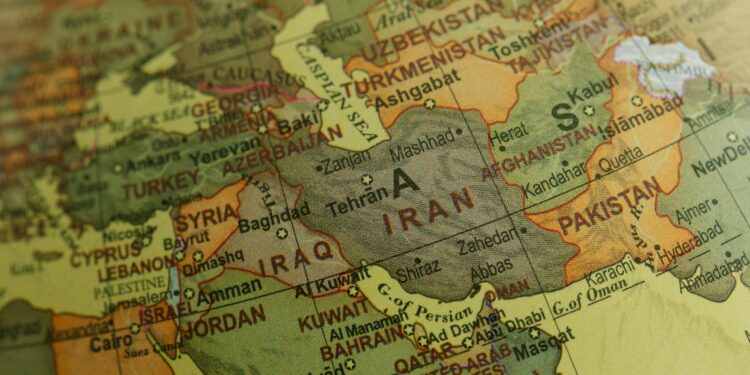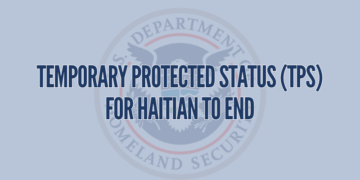On Tuesday, June 24th, a ceasefire between Israel and Iran appeared to hold, following nearly two weeks of military escalation that involved the United States and heightened concerns over a broader regional conflict.
The hostilities began when Israeli forces launched targeted strikes on Iranian military and nuclear sites, citing fears that Tehran was nearing the capability to produce nuclear weapons. In retaliation, Iran fired missiles into Israeli territory, including a deadly barrage on Beersheba that reportedly killed civilians and caused extensive damage.
The United States soon became directly involved, conducting its own airstrikes on Iranian nuclear facilities. President Donald Trump, while urging Israeli Prime Minister Benjamin Netanyahu to show restraint, publicly called for a shift toward diplomacy. Before departing for a NATO summit, Trump remarked that both nations had “been fighting so long” that perspective had been lost. He later announced via social media that Israeli jets had been ordered to return, effectively confirming the ceasefire.
Netanyahu said Israel had achieved its goals, asserting that Iran’s nuclear infrastructure was destroyed. A U.S. Defense Intelligence Agency report challenged that claim, stating the program was only delayed by a few months. The White House rejected the report as inaccurate.
Iran denied violating the truce and accused Israel of launching fresh attacks during the ceasefire window, including one strike that allegedly killed senior Iranian nuclear scientist Mohammad Reza Sedighi Saber.
Though fighting has stopped for now, uncertainty lingers. Analysts caution that Iran may ramp up its nuclear efforts in response, and diplomatic relations across the Middle East remain strained.







